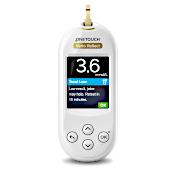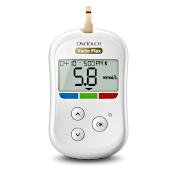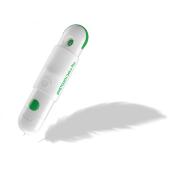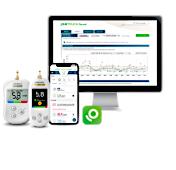Hyperglycemia Symptoms: The Telltale Signs and What to Do

Recognize The Symptoms of Hyperglycemia and Take Action.
Hyperglycemia, or high blood sugar, is an excess of glucose in the bloodstream. Even when you do your best to manage your blood glucose, you will experience highs. High blood sugars can lead to dangerous complications. The reference table below can help you quickly recognize the symptoms of hyperglycemia (when your fasting blood glucose is at or above 11 mmol/L)1 and act. You may want to print it off and keep it handy.
Recognize and treat symptoms of hyperglycemia
| Symptoms to look out for | What to do |
|---|---|
|
Try to figure out why it’s high Did you have a larger-than-usual meal or snack? Did you calculate your carbohydrate intake correctly? Did you not take enough insulin? Were you less physically active than usual? Are you feeling unwell or are you sick? |
|
Take action to lower your blood glucose to your target levels Note: When initially discussing your diabetes care plan, ask your Healthcare Professional how you should adjust your insulin when your blood glucose is high. Engage in mild physical activity and drink non-sugary drinks to prevent dehydration. Re-test your blood glucose to see if it has decreased. If it remains high for a few days, consult your healthcare team. Changes may be needed to your diabetes management plan. |
|
|
Get medical help right away if you notice these symptoms and have ketones in your urine2:
Earliest symptoms:
Later symptoms: |
If your blood glucose is very high (>14.0 mmol/L) or if you have the symptoms below, check for ketones in your urine.3 Ketoacidosis develops when your body doesn’t have enough insulin, so it breaks down fats into ketones. Ketone levels can be measured with a simple urine test using ketone strips (similar to blood glucose test strips) purchased from the pharmacy. Ketoacidosis can be very serious and lead to a diabetic coma. Ketoacidosis usually develops slowly. But when vomiting occurs, this life-threatening condition can develop in a few hours |
Because you may need help from those around you, it may be helpful to:
- Wear a MedicAlert® bracelet to notify people of your condition
- Alert those close to you (friends, family, coaches) on symptoms to watch out for and what to do
- Be sure to share this list and information with your friends and family so they are informed and can help
- Keep a supply of urine ketone test strips at home
References:
1 Malcolm J et al. Diabetes Canada 2018 Clinical Practice Guidelines for the Prevention and Management of Diabetes in Canada: In-Hospital Management of Diabetes. Can J Diabetes 2018;42(Suppl 1):S115-S123.
2 American Diabetes Association®. (n.d.). DKA (Ketoacidosis) & Ketones. Retrieved March 9, 2021, from https://www.diabetes.org/diabetes/complications/dka-ketoacidosis-ketones
3 Goguen J, Gilbert J. Diabetes Canada 2018 Clinical Practice Guidelines for the Prevention and Management of Diabetes in Canada: Hyperglycemic Emergencies in Adults. Can J Diabetes 2018;42(Suppl 1):S109-S114.
Related articles
CA-OTB-2100016













